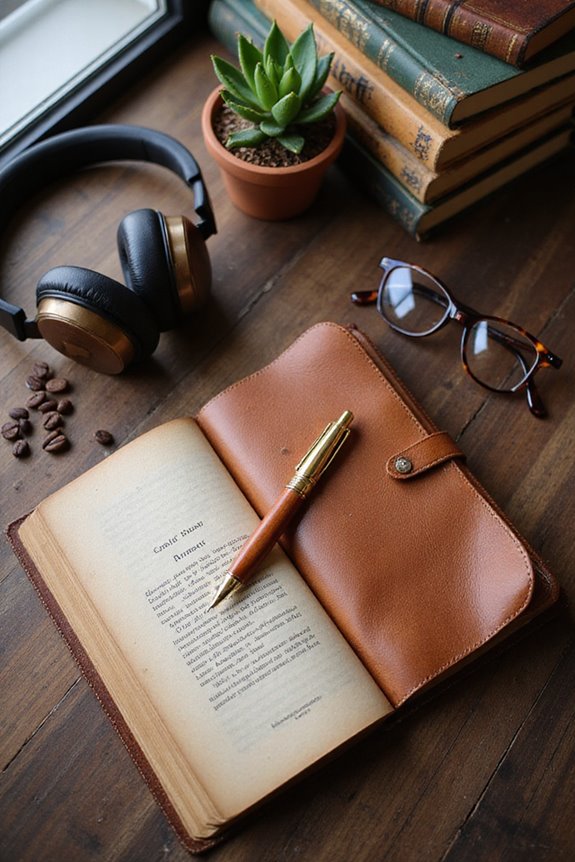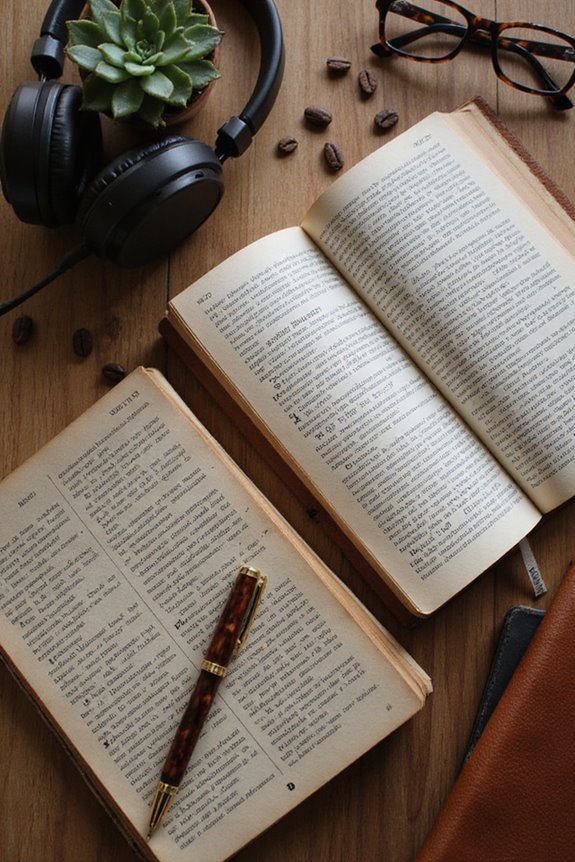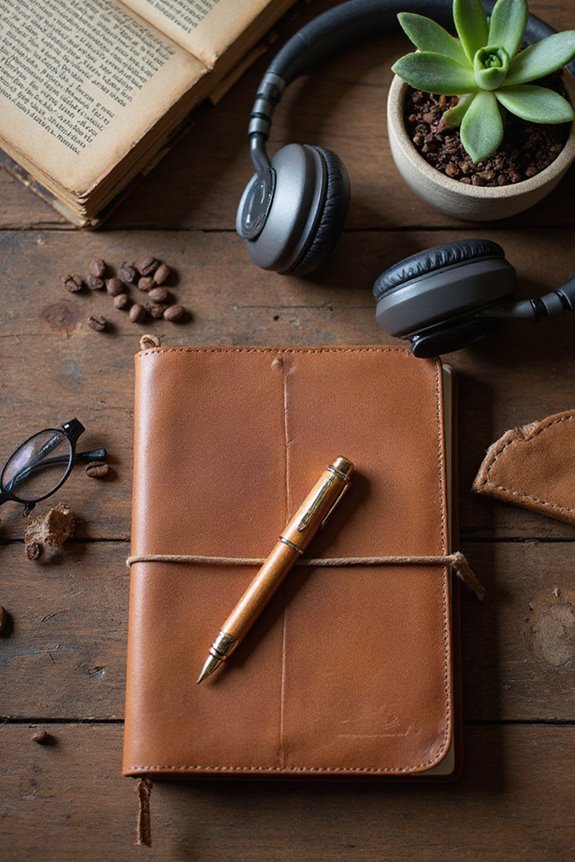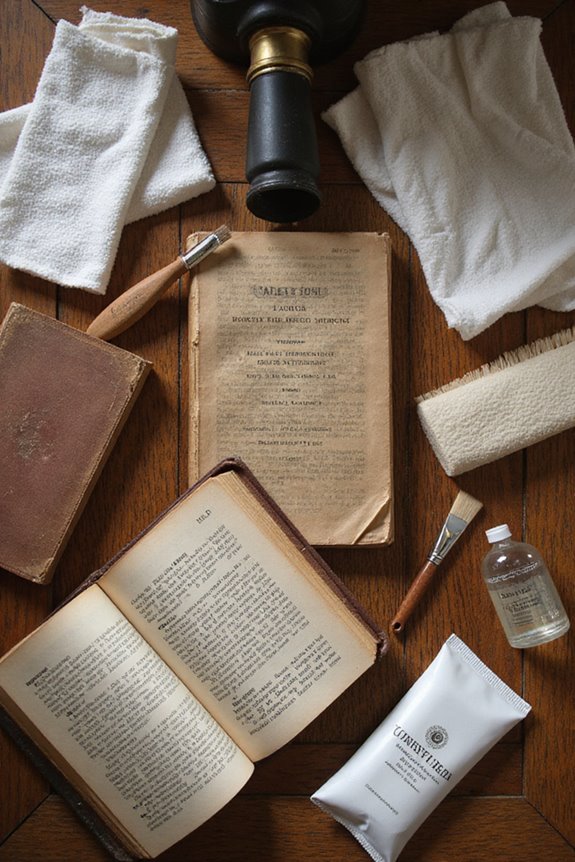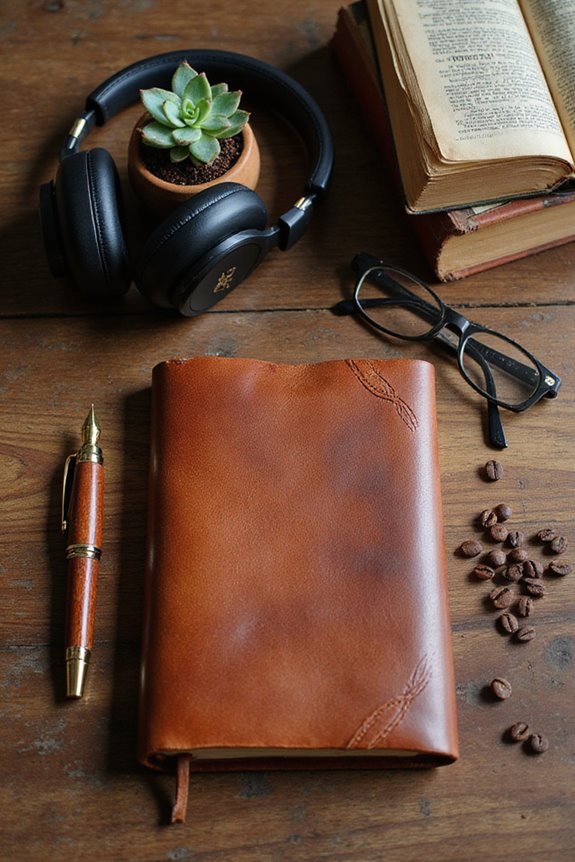Physical books can last from a few years to over a century, depending on factors like binding quality and paper type. For instance, hardcovers generally outlast paperbacks, surviving multiple readings if cared for. Storing them in controlled environments, like a cool, dry place, helps prevent deterioration. We should use acid-free boxes and limit sunlight exposure, as these simple steps can greatly extend their life. Want to know more about keeping your books in great shape? Stick around!
Key Takeaways
- Hardcover books typically last longer than paperbacks due to sturdier covers and bindings, enduring years with proper storage.
- Paperbacks last around 5 to 20 years, as frequent handling can lead to spine creasing and yellowing.
- Books made with acid-free or archival-quality paper can endure for centuries if stored under optimal conditions.
- Proper climate control (64-72°F, 45-60% humidity) and avoiding direct sunlight significantly enhance a book’s lifespan.
- Gentle handling of books, especially paperbacks, can extend their longevity and maintain their physical condition.
Factors Influencing Book Durability
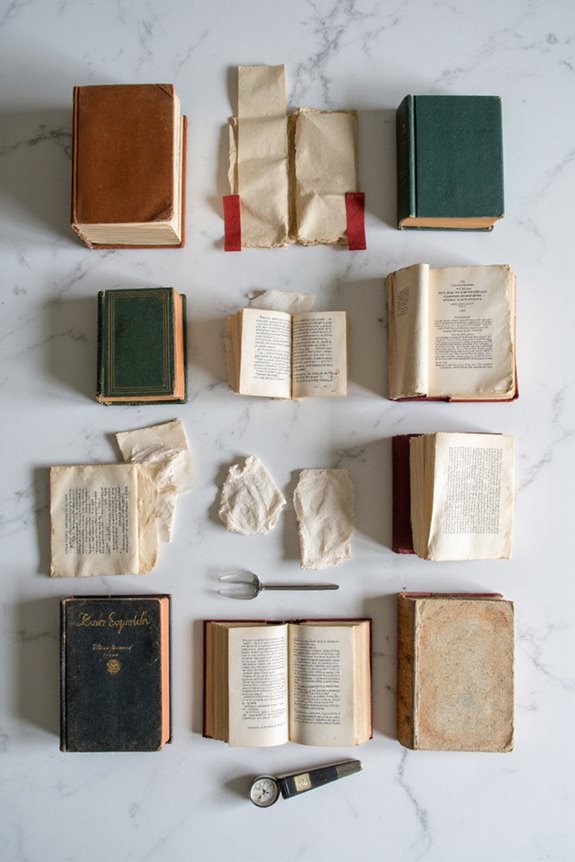
When we think about how long physical books last, it’s crucial to take into account several key factors that influence their durability. First, the choice of binding techniques matters; for instance, thread-sewn bindings generally last longer than glued ones. Using high-quality, acid-free paper greatly enhances a book’s lifespan, preventing that dreaded yellowing we all hate. Next, environmental control plays a huge role; keeping books away from extreme humidity and direct sunlight can help prevent deterioration. Don’t forget how much handling can affect a book’s state—hardcovers offer more protection during our enthusiastic page-flipping sessions. By being mindful of these factors, we can guarantee our beloved books survive long enough to pass them on to future readers. Furthermore, understanding the importance of summer learning can help us appreciate the value of preserving books for ongoing educational use.
Common Causes of Deterioration
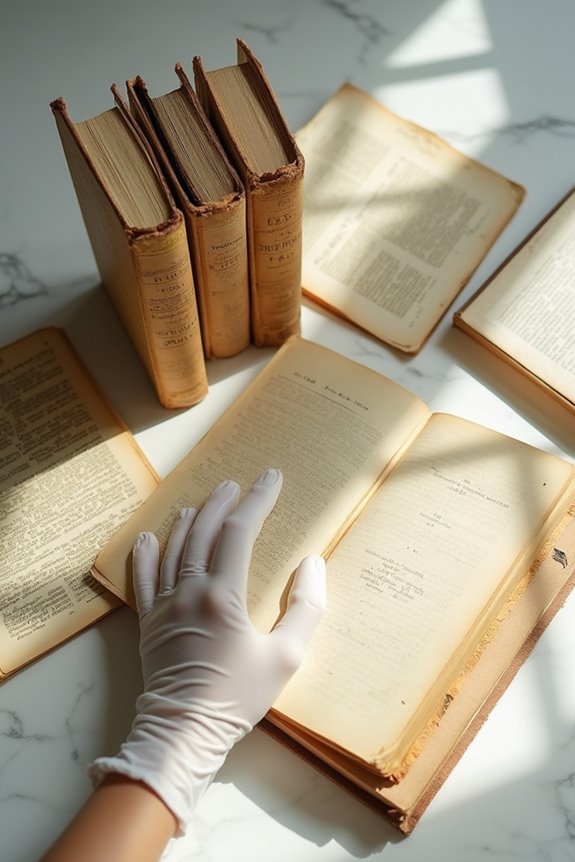
It’s important to understand the common causes of deterioration that can shorten the lifespan of our beloved physical books. One major contributor is the pollution impact, particularly in urban areas where industrial emissions lead to paper degradation. If we live in cities, we should consider how air quality affects our books. Additionally, temperature and humidity control are essential. High humidity can invite mold, while extremes in temperature cause brittle pages. Frequent handling causes wear and tear, too—so let’s be gentle! Dust and dirt aren’t just annoying; they can trap moisture and worsen degradation. So, by recognizing these threats and taking simple steps like storing books in a clean, climate-controlled space, we can help preserve their story for years to come.
Preservation Techniques for Longevity

To guarantee our treasured physical books endure the test of time, we need to adopt some solid preservation techniques. First, let’s consider our storage conditions; we should keep them in a climate-controlled space with an ambient temperature of 64-72°F and a relative humidity of 45-60%. Using preservation materials like acid-free boxes is essential, too. Store most books upright, and for heavy volumes, lay them flat—seriously, spine strain is not our friend! Avoiding sun exposure and limiting light levels to 1-5 footcandles helps prevent fading. Regularly dusting our books and using gentle cleaning tools can remove harmful debris. Plus, let’s rotate our displayed books to keep them happy and healthy. Let’s treat our books right!
Longevity Statistics of Different Book Types

As we immerse ourselves in the longevity statistics of different book types, it’s important to remember that not all books are created equal. Hardcover books typically outlast paperbacks, thanks to sturdier covers and durable binding. If stored properly, hardcovers can endure years of multiple readings. On the flip side, paperbacks, often made from cheaper materials, face issues like spine creasing and yellowing, with a lifespan of just 5 to 20 years.
For best results, we recommend choosing books with acid-free or archival-quality paper. They not only resist deterioration but can last for centuries. So, whether you’re a hardcover devotee or a paperback lover, knowing the durability statistics helps us appreciate our collections even more!
Impact of Usage on Physical Condition
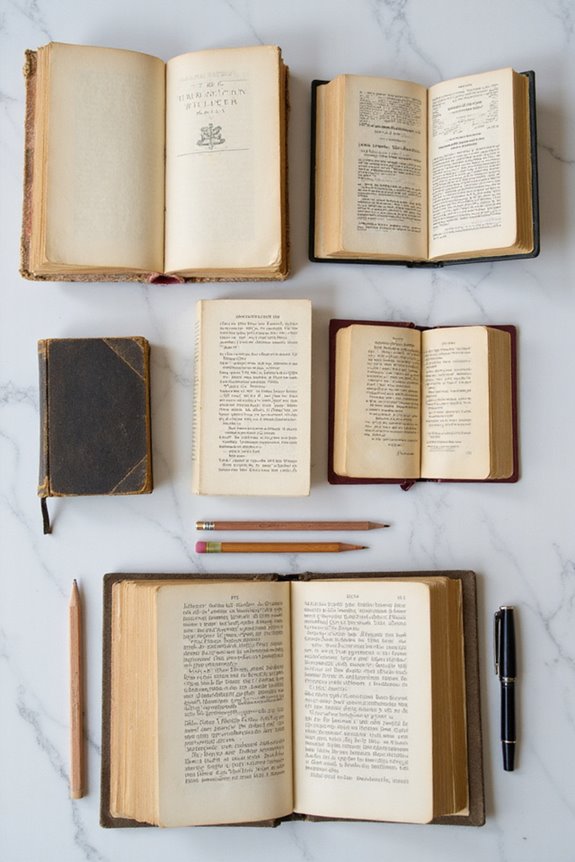
When we think about how we handle our books, it’s easy to forget that our usage patterns play a big role in their physical condition. For instance, if we frequently open and close our paperbacks, the spine can weaken or crack, leading to visible damage. We might notice dog-eared corners and dirt accumulating on the page edges, especially with heavy handling. By contrast, hardcover books are designed to withstand more use, thanks to their sturdy bindings and additional reinforcements. If we love a particular paperback, consider using it gently to extend its life, or switch to a hardcover version for heavy usage. Knowing these details helps us make smarter choices about our book care!
The Relationship Between Books and Human Longevity
While it might seem surprising, the books we read can play a surprisingly significant role in our understanding of human longevity. Longevity literature offers valuable insights into how our lifestyle choices influence our lifespan. For instance, books like *The Telomere Effect* highlight practical steps for promoting health, such as fasting and diet changes. These aren’t just theories; they’re actionable strategies that can boost our healthspan. Let’s not forget the importance of mindset, which authors like Viktor Frankl remind us is key to aging well. Plus, when we read about social well-being and habit formation, we gain tools for healthier living. So, let’s embrace these reads—they’re not just ink on pages; they’re guides to a longer, healthier life!
Frequently Asked Questions
Can Digital Books Replace the Need for Physical Books?
While digital books offer undeniable advantages for convenience, they can’t quite capture the nostalgia of physical books. We cherish the unique experiences and emotional connections that come from turning each page of our beloved tomes.
How Should I Clean My Books Without Damaging Them?
When it comes to book cleaning, we should start with dust removal using a soft brush. For covers, damp microfiber cloths work wonders. Let’s handle our books gently to keep them in great condition!
What Are the Best Materials for DIY Book Repairs?
When we think about DIY book repairs, we’ve got our favorite bookbinding techniques and repair adhesives. PVA glue, bookbinding cloth, and weighted pressing can make all the difference in extending our beloved books’ lives.
How Do I Identify a Rare or Valuable Book?
When we identify rare book characteristics, we look for valuable book editions like first printings, exceptional condition, unique provenance, and signed copies. Each detail increases a book’s worth, making our search thrilling and rewarding!
Are There Specific Temperatures for Optimal Book Storage?
What if we told you that our books thrive best in specific conditions? The ideal humidity for storage containers should be between 30-50%. Maintaining consistent temperatures and humidity keeps our treasured volumes safe and long-lasting.

